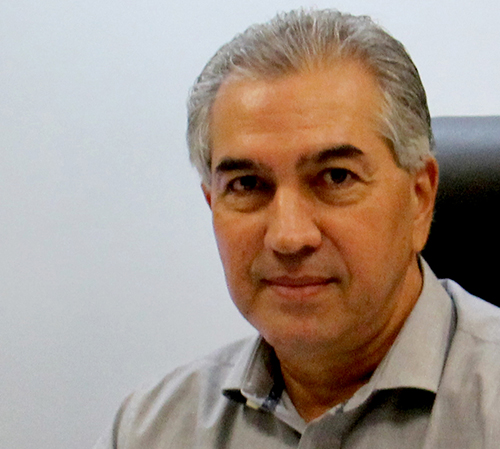Resource-rich Mato Gross do Sul has put itself front and centre of Brazil’s latest big reveal for overseas investment. One of South America’s most productive regions, major infrastructure projects mean opportunities abound to modernise the region even further and take a big step closer to Asia
The 1977 inauguration of Mato Grosso do Sul established a 37 million-hectare state of huge agricultural importance for Brazil. Since then its own international ambitions have soared, with incumbent Governor Reinaldo Azambuja ready to develop the region as a major logistical hub with direct access to both Atlantic and Pacific ports.

The growth in Mato Grosso’s agribusiness to represent 30% of the state’s GDP has been in contrast to a struggling Brazilian economy at large. A reference in sustainable agriculture, its combination of embracing technology and record harvests have enabled local farmers to produce more with less. Now it is time to look beyond traditional trade routes, bring producers a new competitive edge and unfettered access to the vast Chinese market.
The implementation of a Trans-Oceanic Railway and Bi-Oceanic highway are at the heart of that international growth, while at the same time the state looks to extend its own production area by 1.5 million hectares over the next decade.
One of the largest Chinese greenfield investments in Brazil to date was that of BBCA, its development of maize deep processing industry continuing this year with the inauguration of new facilities in the municipality of Maracaju.
The state boasts over 20,000 hectares of rubber trees with a 690% increase in rubber production forecast over the next eight years. “Our rising productivity can increase even further with rising demand,” says Governor Azambuja. The production of cellulose has reinvigorated the state’s easternmost cities, and subsidies to cover environmental compensation for solar farms are helping power a sustainable energy boom.